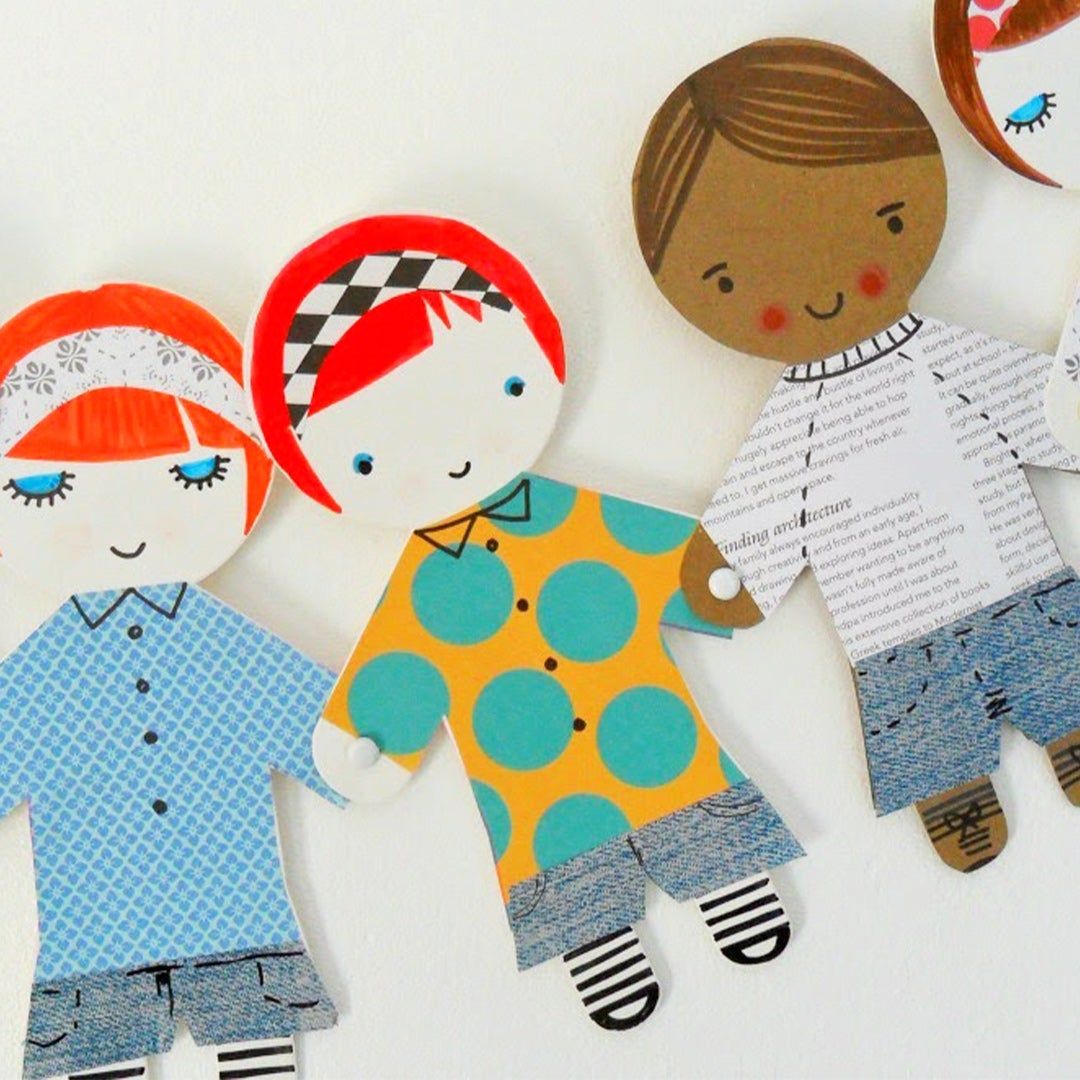
Parental Arts
How To Teach Civics To Your Children
Assume It’s On You
Recognizing it’s your responsibility to raise a good citizen is the first step toward actually doing so. “Even under the best of circumstances, our kids were not getting enough civic education in Elementary school,” says Humphries. “Now, because of everything else, COVID, virtual school, hybrid, everyone is under immense stress and duress, so you can basically assume that there is no social studies happening this year.” One activity she recommends is walking your child through the voting rules for your state. “We know that kids who are taught about elections and voting are 40% more likely to vote when they reach voting age,” says Humphries.
Focus On These Three Pillars
Humphries defines a well-rounded civic education as the knowledge, the skills and the dispositions. “It’s knowing everything you need to know, having the skills to put that knowledge into action—whether that’s advocating for change in your community or writing your member of congress, it's knowing that if you don’t like school lunch, you don’t write the governor, but the superintendent, or if there’s an issue with a street lamp, you don’t call the president—and the dispositions, believing that democracy is the best form of government, that it’s the job of citizens to pay attention and vote and hold their government accountable, believing that we can have unity across differences.”
Make It A Game
“My main advice would be make it a game and play along with them,” says Humphries. “For the very first entrée into this, we suggest parents play the game Win the Whitehouse with their children. The actual game board is the electoral map but it’s all about fundraising, it’s about ads, it’s about public appearances, it’s about polling and trying to strategically determine where to go next. What’s cool is that when you’re done playing the game, you totally get the Electoral College, even though it’s not harping on the foundational approach to the way that we elect the president.” If your own knowledge is a little rusty, don’t let that be a barrier to entry. It’s okay to learn alongside your kids.
Don’t Shy Away From The Hard Stuff
Though it’s tempting to over simplify, Humphries warns against avoiding the political all together. “You can remove the partisan,” says Humphries, “and as educators we tend to want to do that to be safe. At my organization we are strictly non-partisan, but we are not apolitical. Politics isn’t a bad word. Support your teachers in bringing the political into the classroom. It belongs there. That’s the only way our children are going to learn to be critical thinkers. They have to be given these opportunities to practice.” And while it’s important to consider what’s age appropriate and to meet students where they are, it’s never too early to get started. “There’s this misconception that kids aren’t ready for it,” says Humphries. “But stick to the basics, stick to the facts and then get into the complexity and nuance when they’re older.”
Use the News
If engaging your children in yet another online game or lesson feels impossible, Humphries recommends modeling what it means to pay attention and engage with the world by reading hard copies of the newspaper or a news magazine. Explain the difference between the front page and the interior sections. You can even just sit and watch the news with your kids at the end of the day. “Watch one of the older network news hours, watch it together, hit pause, answer their questions,” says Humphries. “I am always amazed by how much our kids know and have absorbed but that doesn’t mean they get it. That’s where the parents need to come in. They’re hearing these things, they know there’s an election, they might be able to name the candidates, but it sort of stops there, so sit down and talk to them about how it works. There are so many ways to be a good citizen. We tend to focus on voting, but simply paying attention is one of the most fundamental parts of it.”